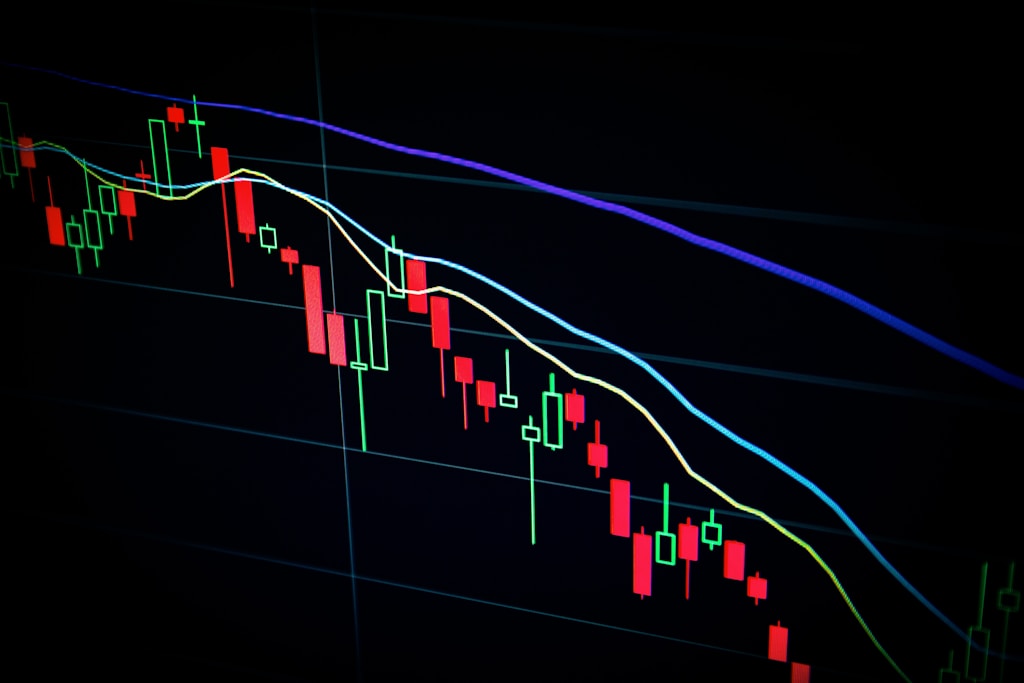Circle, the company behind the USDC stablecoin, marked a significant milestone with its debut on the New York Stock Exchange (NYSE) today, with analysts at Compass Point predicting continued dominance for USDC in the DeFi ecosystem. This development comes as the Ethereum Foundation implements its strategic DeFi treasury plan for 2025, highlighting the growing institutional interest in decentralized finance.
Circle’s NYSE Listing: A New Chapter for Stablecoins
The public listing represents a watershed moment for the cryptocurrency industry, particularly in the stablecoin sector. USDC, as the second-largest stablecoin by market capitalization, has established itself as a crucial infrastructure component for DeFi protocols and cryptocurrency trading.
Why USDC Maintains Its DeFi Leadership Position
- Strong regulatory compliance track record
- Regular attestations and transparency measures
- Wide integration across major DeFi protocols
- Institutional-grade security features
SPONSORED
Trade with confidence using multi-collateral support including USDC, USDE, sUSDe, BTC, ETH, and SOL
Compass Point Analysis: Market Implications
According to Compass Point’s research, USDC’s position in DeFi is expected to strengthen further, supported by:
- Enhanced institutional credibility post-NYSE listing
- Expanding DeFi market opportunities
- Growing demand for regulated stablecoin solutions
Frequently Asked Questions
What does Circle’s NYSE listing mean for USDC?
The listing provides enhanced transparency and credibility for USDC, potentially attracting more institutional investors and DeFi users.
How does this affect DeFi protocols?
DeFi protocols using USDC as their primary stablecoin may benefit from increased liquidity and user confidence.
What are the implications for stablecoin regulation?
Circle’s public listing sets new standards for stablecoin transparency and regulatory compliance in the industry.






